Table of Contents
- Learning Chinese Calendar - The Connection of Chinese Astrology and ...
- Chinese boffins pitch quadcopter for Mars sample return mission
- China's Mars exploration goes far beyond: Chief Designer - CGTN
- MARS - Biodata, Profil, Fakta, Member, Ulang Tahun, Tanggal Lahir, Posisi
- Korean Months Of The Year List - Spfl Korean - Month 월 January 일월 ...
- China's Mars exploration goes far beyond: Chief Designer - CGTN
- South Korea creates new KASA space agency, sets sights on the moon and ...
- Months | Учить корейский, Грамматика, Корейский язык
- Tianwen-1 : la Chine a posé son rover Zhurong sur Mars ! - Next
- I Ching and the 60-Year Lunar-Solar Calendar Cycle – benebell wen

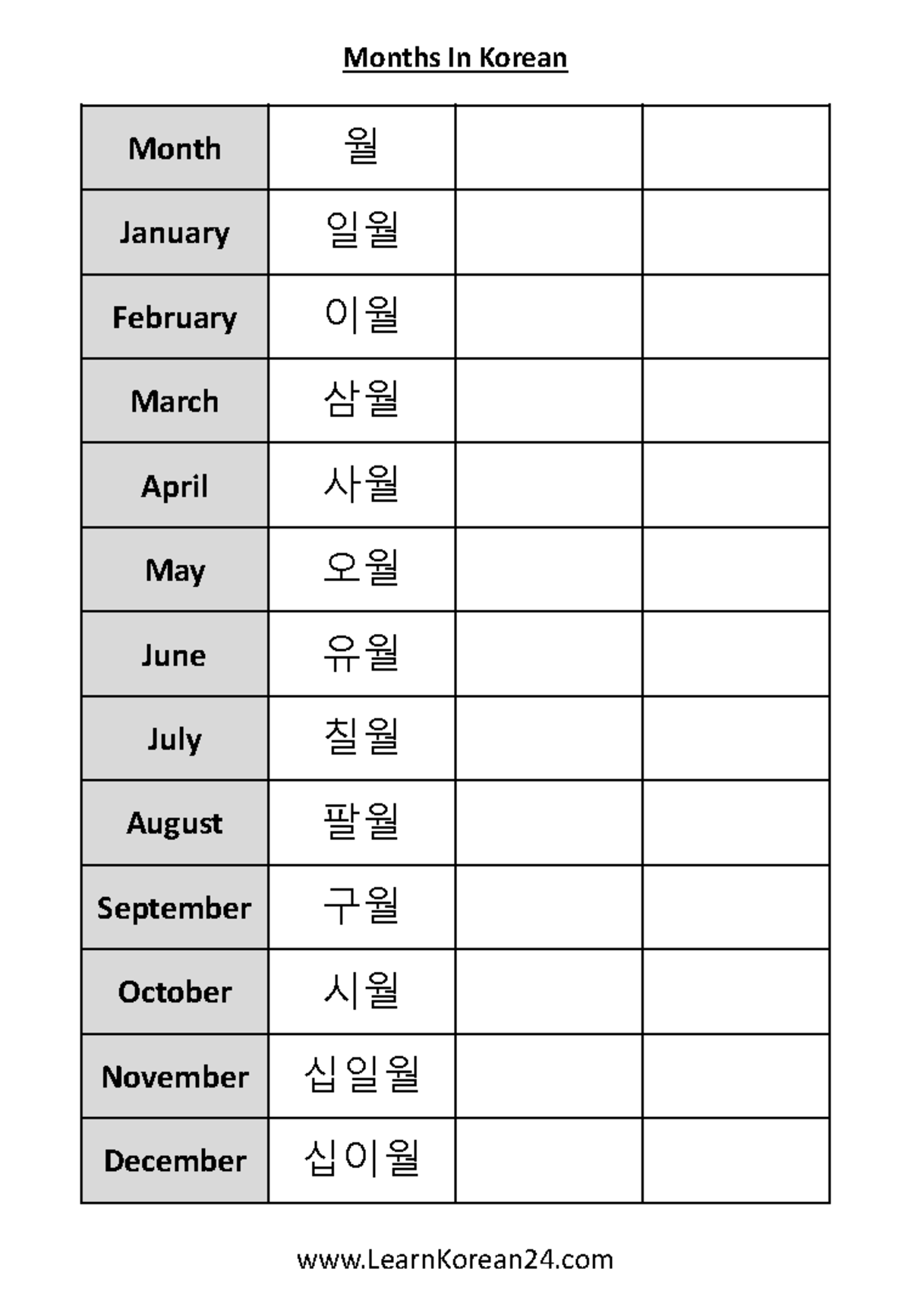
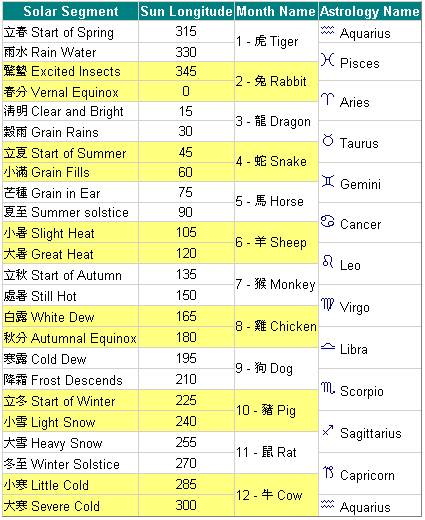
Key Features of the Darian Calendar
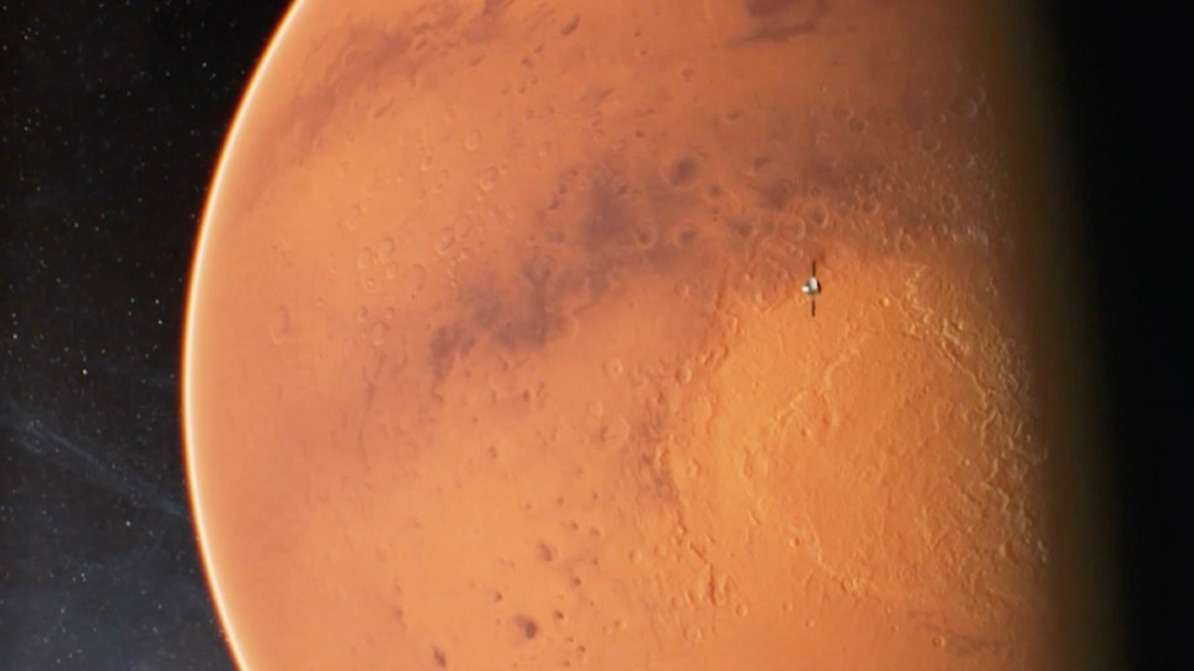


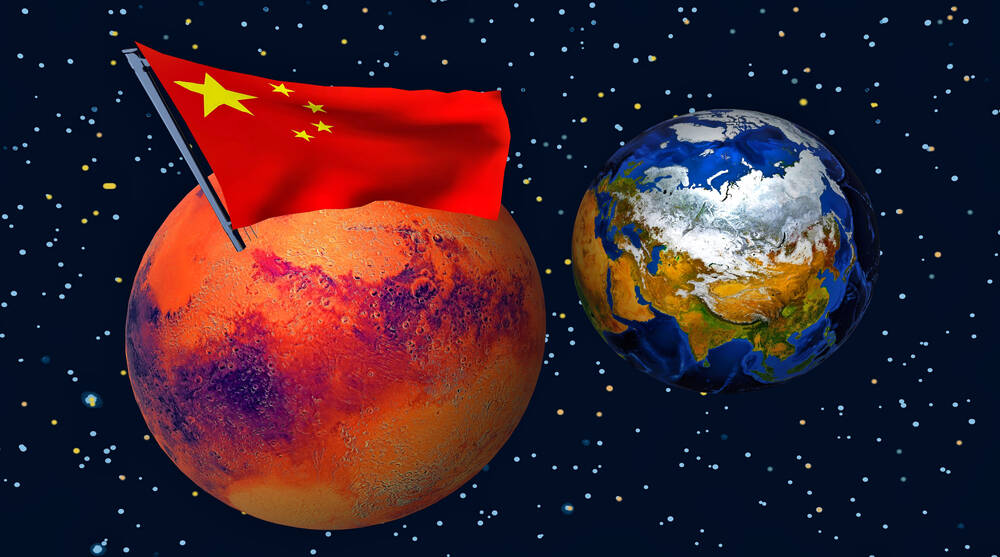
How the Darian Calendar Works
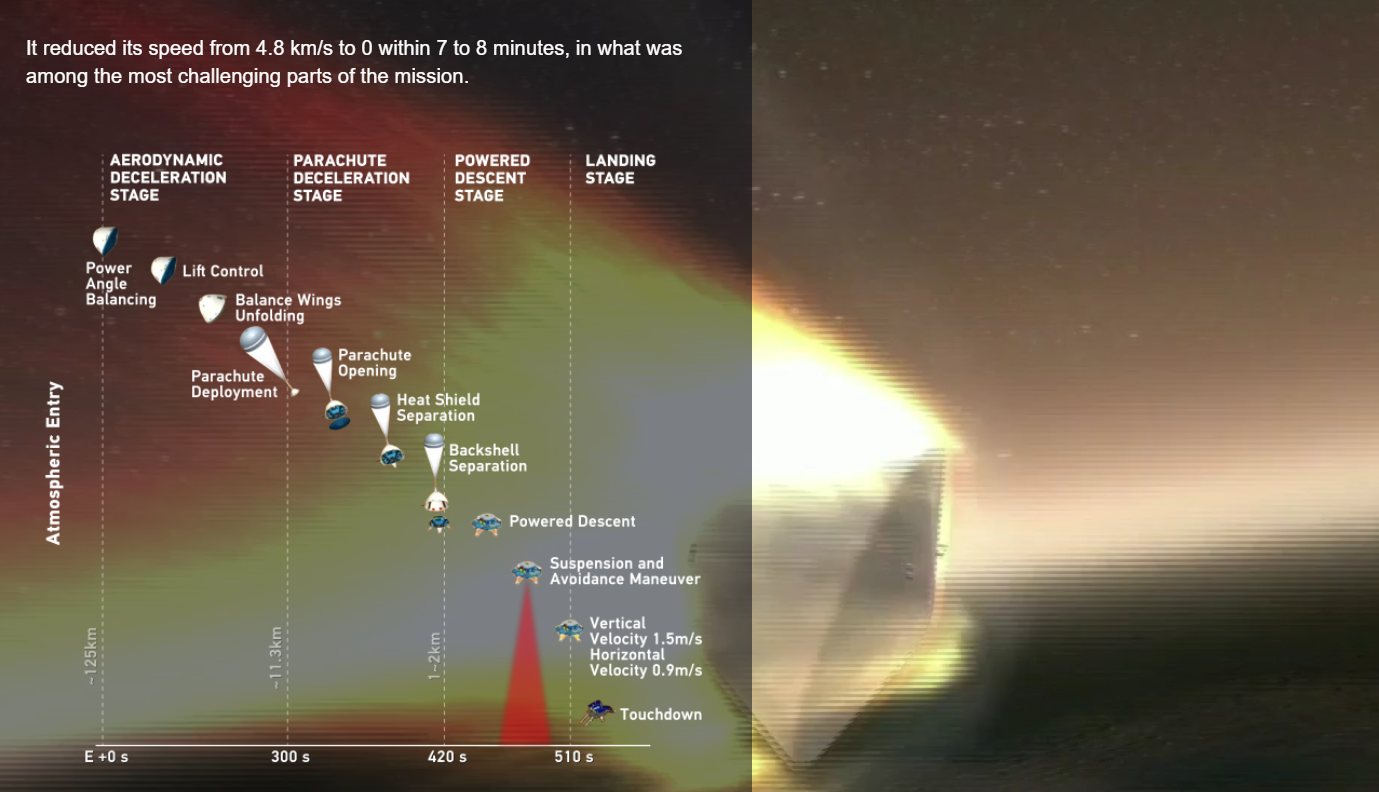


Advantages and Disadvantages of the Darian Calendar
The Darian calendar has several advantages, including: It is designed specifically for use on Mars, taking into account the planet's unique astronomical characteristics It is a practical and efficient timekeeping system, with a simple and intuitive design It has the potential to be used in future Mars missions, providing a standardized system for tracking time However, the Darian calendar also has some disadvantages, including: It is a relatively new and untested calendar system, with limited practical experience It may be difficult to implement and use, particularly for those who are not familiar with the Martian solar year and the calendar's unique features The Darian calendar is a unique and innovative approach to timekeeping, designed specifically for use on Mars. While it has several advantages, including its practical and efficient design, it also has some disadvantages, including its limited practical experience and potential difficulties in implementation. As we continue to explore and learn more about Mars, the Darian calendar has the potential to play an important role in future missions and settlements on the Red Planet.References: Darian calendar - Wikipedia
Note: This article is written in HTML format, with header tags (h1, h2) and paragraph tags (p) to structure the content. The article also includes a link to the Wikipedia page on the Darian calendar, which provides additional information and resources on the topic. The article is optimized for search engines, with relevant keywords and phrases included throughout the text.